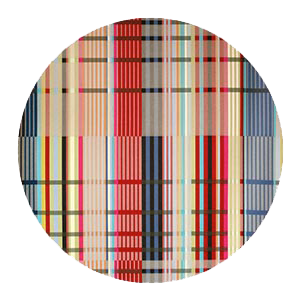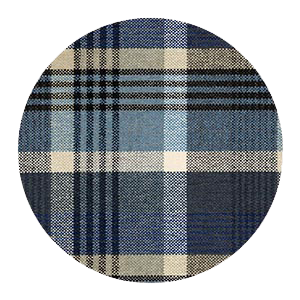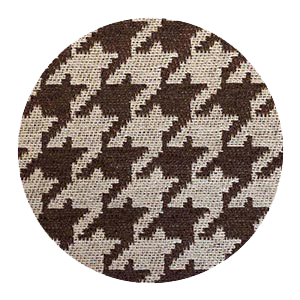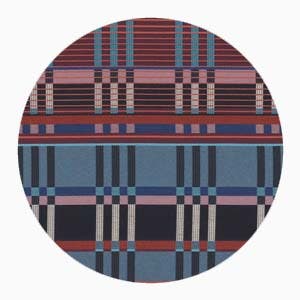A Checkered Past: Exploring the Evolution of Plaid
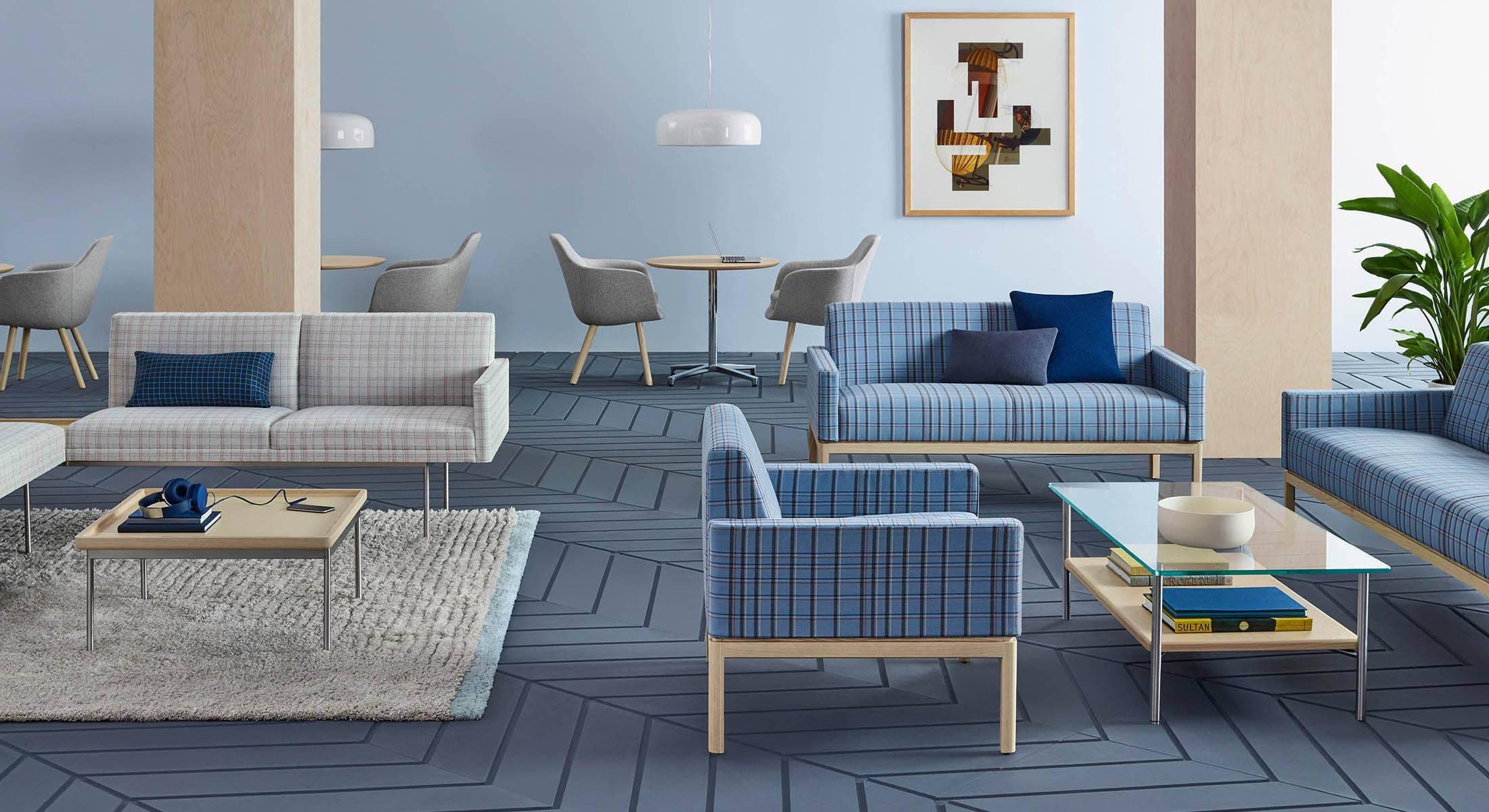
Providing inspiration for designers of everything from fashion to furniture, plaid is an ever-popular pattern with a long history and a vast number of variations, ranging from checks and tartans to ginghams, glens, and more. The iconic motif is identified by horizontal and vertical bands that vary in size and color while crossing at neat, 90-degree angles.
From its enduring Scottish roots to its chic contemporary reign, we explore the evolution of the pattern’s diverse designs.
Plaid wasn’t always called plaid.
Plaid’s origins can be traced back to 16th-century Scotland, where it was introduced under the name tartan in reference to an outer layer of clothing worn by Scottish clans. The name plaid replaced tartan after the pattern was eventually appropriated by British and American textile manufacturers.
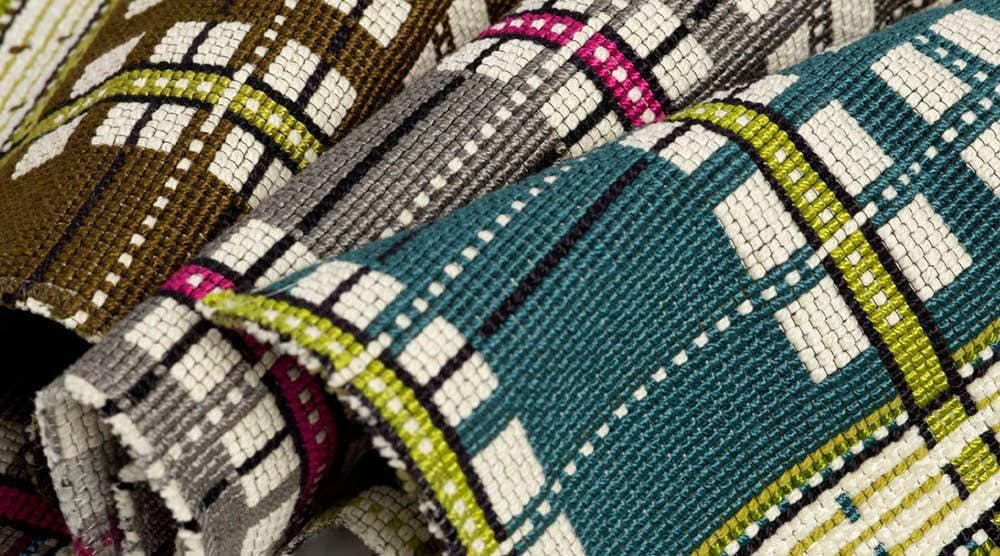
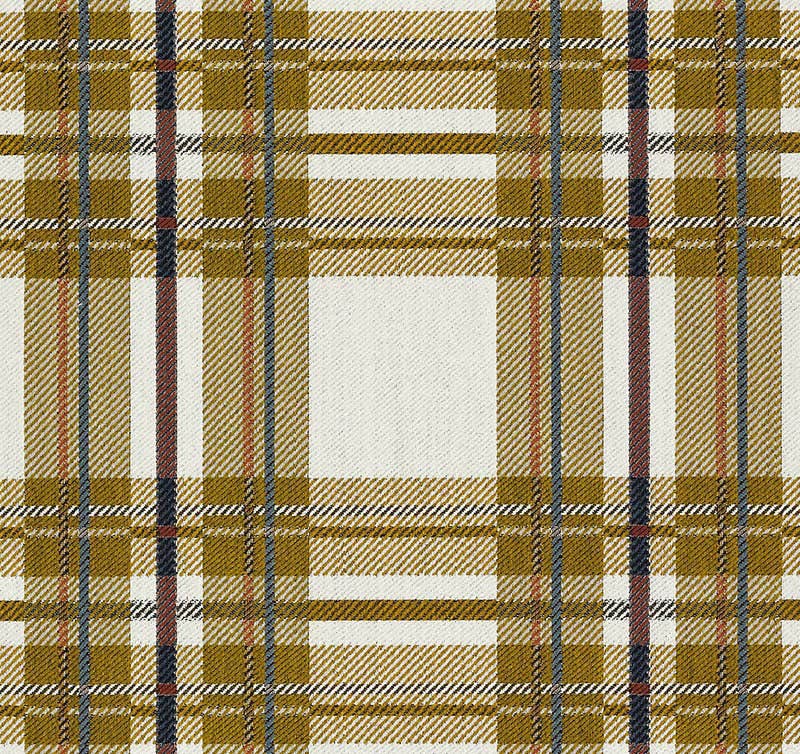
This iconic design was once banned in Britain.
Setting the stage for the pattern’s soon-to-be established role as a symbol of rebellion, plaid was briefly banned in Britain during the 18th century due to its association with the Scottish Rebellion. Predictably, plaid resurfaced decades later and went on to play a key role in several style movements established over the ensuing years—eventually finding its way into interior and fashion zeitgeists alike.
There’s a plaid to suit every style.
Driving distinctions between different types of plaid are determined by the pattern's repeat. Contemporary plaids consist of crossed horizontal and vertical lines of two or more colors, with many adaptations to shape, structure, bandwidth, repeat, and color. While countless adaptations exist, plaid’s most popular varieties include check, gingham, glen, houndstooth, madras, tartan, tattersall, and windowpane.
Found on an assortment of textiles from wools and flannels to cottons, broadcloths, and more, today’s plaid patterns are also popularly seen across a variety of design materials including carpet, ceramic, vinyl, and wallcovering.
From its humble Highlands origins to its high-style resurgences, plaid’s many present-day varieties prove that the pattern continues to prevail as a fashion-forward fabric staple with limitless possibilities.
Start sampling!
Explore our expansive selection of plaid materials and sample all your favorites today.



















































































